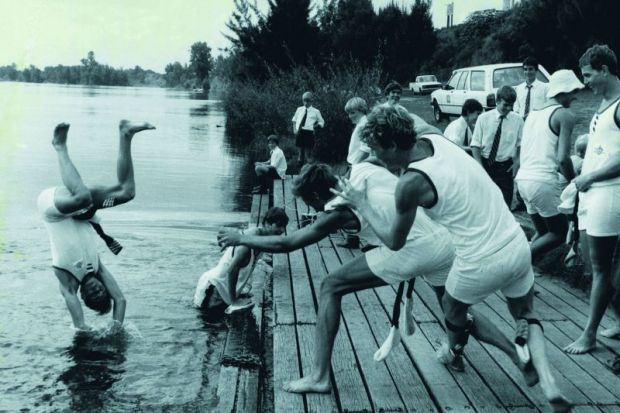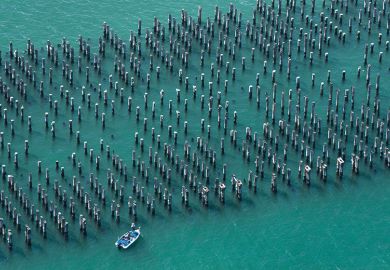Australia’s research assessment exercise has tracked a shift from the public to the private purse as competitive grants from the Australian government play an ever shrinking role in funding university innovation.
The annual amounts obtained through peer-reviewed grants tumbled by A$236 million (£129 million), or 13 per cent, between 2014 and 2016, the reference period during which university research income was tallied for the 2018 Excellence in Research for Australia exercise.
Revenue from cooperative research centres also fell by 13 per cent, removing A$15 million more from university coffers. Contributions from state and local governments and other public sources helped to fill the gap, rising by A$75 million.
But industry and international funders were left to do the heavy lifting, collectively providing A$217 million more in 2016 than in 2014. Private and philanthropic allocations grew by A$122 million. Competitive grants from international funders expanded by another A$52 million, while revenue from other overseas sources rose by A$53 million.
Grattan Institute analyst Andrew Norton said the ERA results, released in late March, highlighted the “already massive discrepancy” between government and private research funding. “And it’s only going to get larger,” he said.
Mr Norton said that figures from the Australian Bureau of Statistics showed that just A$4 billion of the A$11 billion spent on research in 2016 had come from federal funding streams specifically designed for that purpose. “It means universities are much more independent of government research policy than at any time previously,” he said.
In present-day dollar terms, competitive federal research funding had peaked in 2012, he said. “Even when it was growing, it would still have been shrinking as a share of total research spending because other areas were growing more quickly.”
Mr Norton said the prestige of the Australian Research Council and the National Health and Medical Research Council meant that plenty of academics would continue applying for competitive grants from those agencies. “But in terms of actual dollars, the steering power of the commonwealth must be going down. The big issue is, what influence does the commonwealth have?” he asked.
The ERA figures show that the amounts sourced through competitive Australian funding fell in almost all of the 22 broad fields of research between 2014 and 2016. The sole exception was built environment and design, in which peer-reviewed grants increased by 4 per cent.
Grant earnings declined by 37 per cent in commerce, management, tourism and services and by 33 per cent in law and legal studies. Both fields already attracted low levels of competitive funding.
Industry and international revenue rose in all fields except education, biology and built environment and design. Health and engineering research attracted increases of A$121 million and A$37 million, respectively, while non-government funding of information and computing science research almost doubled.
The executive director of the Innovative Research Universities mission group, Conor King, said it was becoming increasingly difficult for universities to maintain their income flows from competitive sources. Industry money was “not a zero sum”, but it tended to favour certain fields, he said.
The ERA figures do not include revenue from foreign students, whose tuition fees increasingly bankroll Australian university research.
“Universities who are research providers have also become research funders,” said Vicki Thomson, chief executive of the Group of Eight mission group. “This results not only in a distorted funding model but also a lack of transparency.”
Register to continue
Why register?
- Registration is free and only takes a moment
- Once registered, you can read 3 articles a month
- Sign up for our newsletter
Subscribe
Or subscribe for unlimited access to:
- Unlimited access to news, views, insights & reviews
- Digital editions
- Digital access to THE’s university and college rankings analysis
Already registered or a current subscriber?








